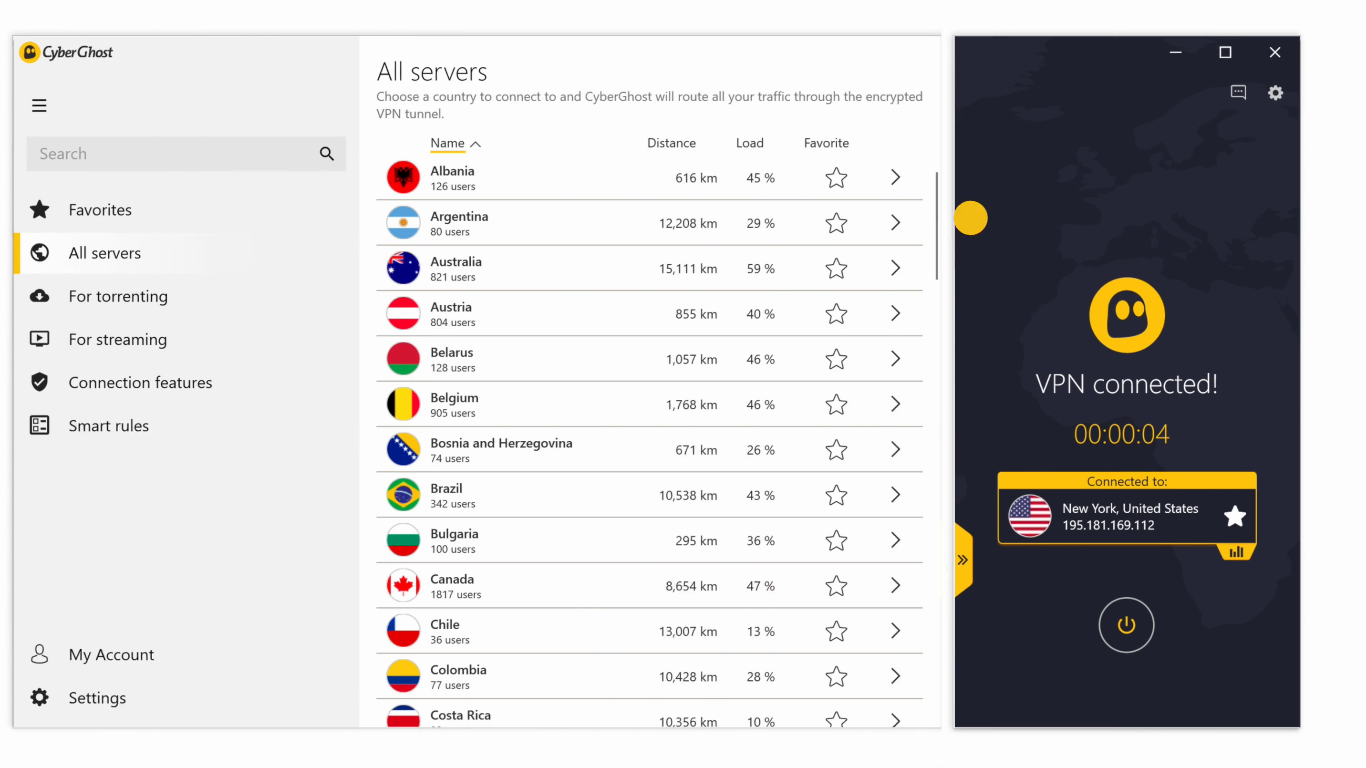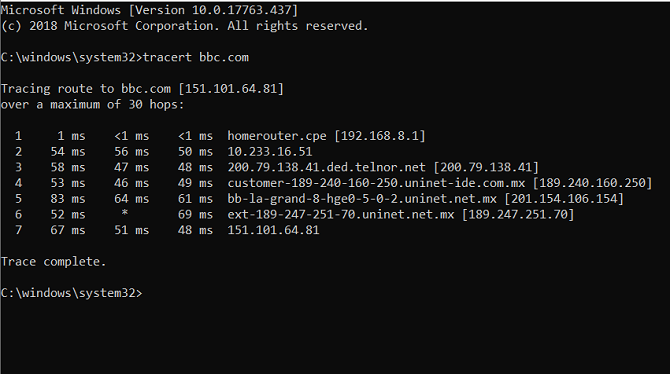
How To Bypass Blocked Sites And Internet Restrictions
It does not matter where in the world that you live, there are certain times when you will come across blocked web sites and restricted internet. Keep reading to find out out more on how to bypass barred sites and internet restrictions.
Why Do Blocked Sites Exist?
The possible reasons for the blocks are numerous.
Firstly, governments mostly block access to websites to suit their agenda. The Twitter block in China is possibly the most popular example, but in recent years we have also seen Turkey block access to social media in an attempt to suppress protests in 2016.
Secondly, employers usually block websites on their internal networks.
Lastly, some countries have some odd laws that can regulate access to certain kinds of material.
6 Ways to Bypass Blocked Sites and Restrictions
1. Use a VPN

The most popular way of entering blocked websites is to make use of a high-quality paid VPN.
VPNs have numerous benefits, but from the view of blocked sites, it is the ability to offer you an IP address in another country. The foreign IP address lets you appear as though you are now in a different location. Therefore, you would not trigger a site’s geo-blocks and bypass restrictions.
VPNs are amazingly easy to use: download the app into your computer or phone, enter your login credentials, and select the network that you want to connect to.
2. Use a Smart DNS
The recent clampdown on VPNs by various like Netflix and BBC iPlayer has brought about a growth of smart DNS providers.
Smart DNS services have some pros and cons when compared to VPNs.
One of the most notable advantages is their internet speed. Unlike VPNs, which will route all your web traffic through a separate network, smart DNS providers only need to change the information about your location. This process brings about a much faster browsing experience.
One of the best smart DNS providers is Getflix.
3. Use a Free Proxy
If you just need a one time access to a blocked website, a free proxy might be perfect.
A proxy will hide your IP address, therefore making sure to disguise your location. It will not, however, encrypt your internet traffic. The lack of encryption means that proxies are not as secure as VPNs; they are an excellent option to get around blocks of sites on work and school networks but they aren't suitable for browsing which requires anonymity.
Proxies are actually much slower than VPNs. You will also find out that they often have issues with page formatting and images. Both of these problems remove them from being a reliable long-term solution.
4. Use Google Translate

Google Translate is a less technical way of going through content restrictions. It does not require any third-party apps or downloads, and there is no need to worry about IP addresses and DNS servers.
Just go straight to the Google Translate homepage, enter the blocked site’s URL in the box that is on the left, and click on the hyperlink which is on the right-hand side.
The trick will not work if you translate English > English but it will work if you set the source language as something different, even if the website is actually in English.
For example, in the image above, you can see that I set the source to Spanish on the BBC homepage. As long as the output language is set to English, it would work.
5. Use a Site’s IP Address

Image Credits: Makeuseof
When you think of web addresses, you would probably think of the domain name (e.g., www.siitgo.com) that you type into your web browser.
In practice, the domain name is just a cover for the IP address. It is the IP address that points you to the server and directs your traffic. DNS servers are responsible for converting the domain names into their associated IP addresses.
However, if you know a site’s IP address, you can directly enter it into your browser, and you will still end up viewing the site.
Because many networks only block domain name URLs and not their IP addresses, this trick is often a great way to go around internet restrictions.
You can find the IP address of a site by opening up your Command Prompt as an admin, and typing tracert followed by the domain name, for example, tracert bbc.com.
6. Use Tor
When you use the Tor network to browse the internet, your traffic would be taken on a long journey through thousands of nodes all around the world.
This process makes it to be almost impossible for a regular website to know where the request originated, so it’s unlikely to get caught in any blocking filters.

